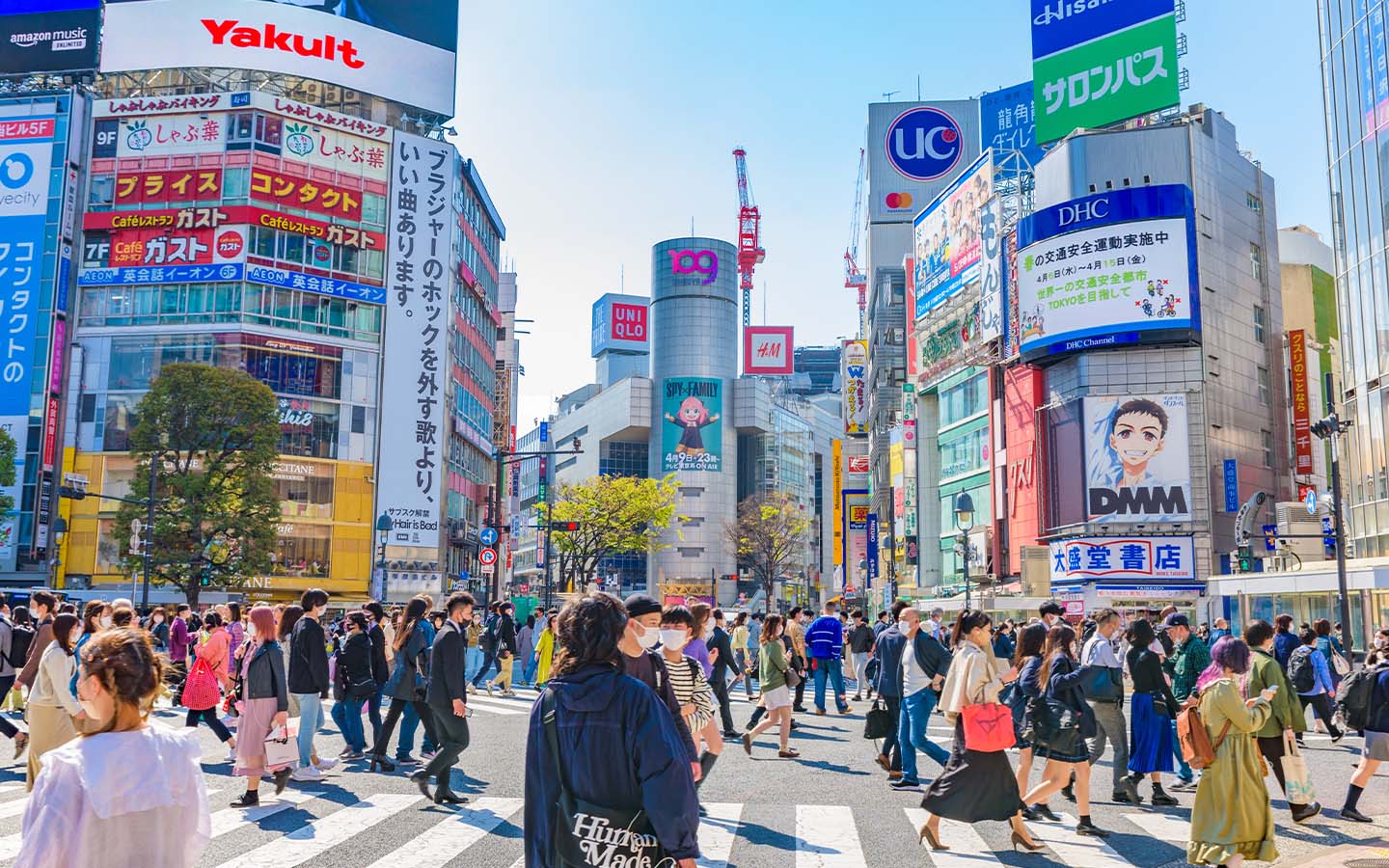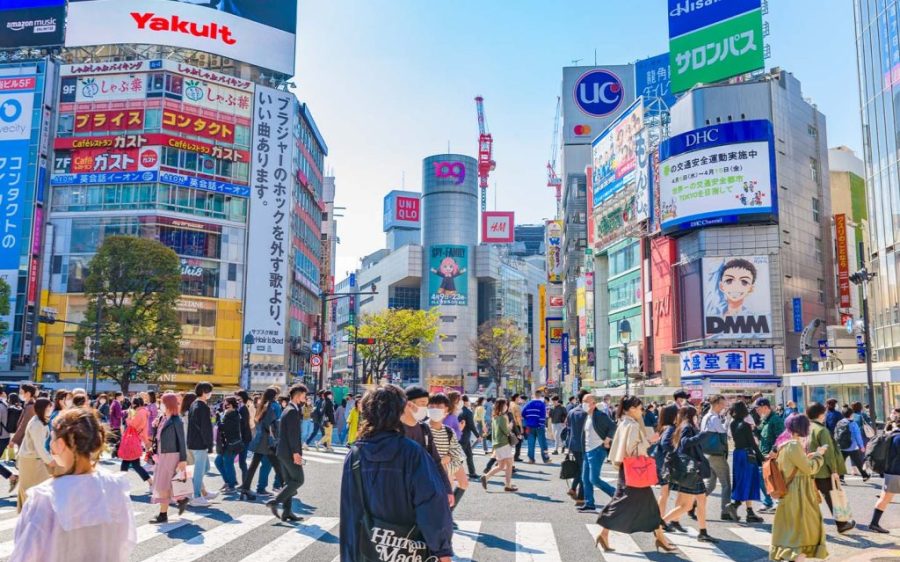Japan recorded nearly a million more deaths than births last year, with even record rates of immigration unable to prevent the population from shrinking.
New data released by the Ministry of Internal Affairs and Communications found the number of Japanese nationals fell by 908,574 in 2024, as record-low births were outpaced by deaths more than two to one. Overall, the population shrank by 0.44 percent, the steepest annual population decline since government surveys began in 1968, reports the BBC.
Elderly people (aged 65 and older) now account for nearly 30 percent of the population, the second highest in the world according to the World Bank, and the working-age population (aged 15 to 64) has fallen to around 60 percent.
Prime Minister Shigeru Ishiba described the deepening demographic crisis as impacting “the very foundations” of the country in a parliamentary speech in October, promising more family-friendly policies like free childcare and more flexible work hours to address this “quiet emergency.”
[See more: Macao will become a ‘super-aged society’ by 2029, says senior official]
Such incentives, though, have so far proven largely ineffective at increasing the birthrate in Japan. Last year marked the ninth consecutive year of declining births, dropping 5.7 percent from 2023 to 686,061, the lowest number of births since records began in 1899. The fertility rate – the average number of children a woman has in her lifetime – also fell for the ninth year in a row, down to a record low of 1.15. The ‘replacement rate’ needed for population stability in 2.1.
The difficulty with increasing that number lies in a mix of socioeconomic and cultural factors. The high cost of living and stagnant wages increase expenses, while a rigid work culture discourages young people from starting families and entrenched gender roles mean much of the burden of childrearing falls on women. Women are also expected to provide elder care.
While birthrates in Japan have generally been trending downward since the late 1970s, the country is rapidly approaching a demographic cliff in the 2030s, when the decline will become irreversible.
A recent, and still tentative, embrace of immigration may help buy time. The number of foreign residents reached a record high in 2024 of 3.6 million, accounting for nearly 3 percent of the population. Japan has taken steps aimed at tripling the foreign workforce by 2040, but credible estimates indicate even that will fall short.






